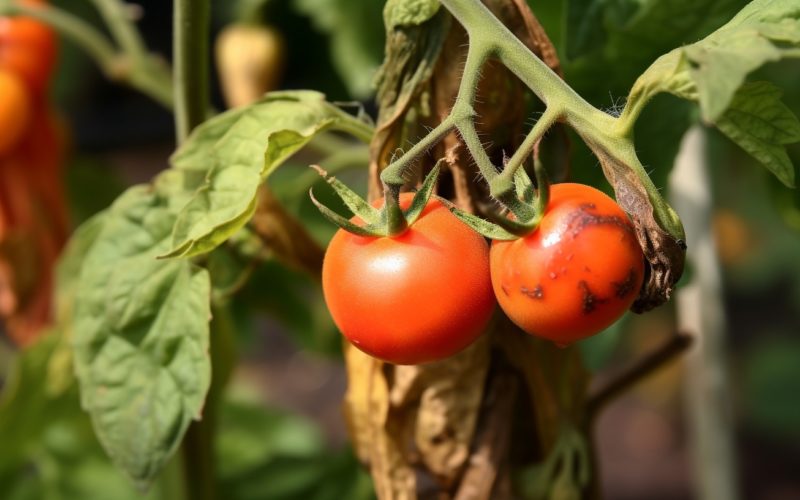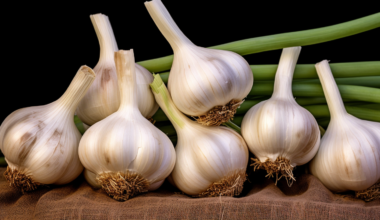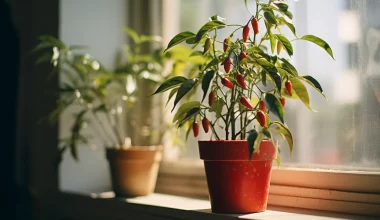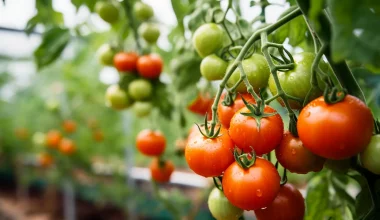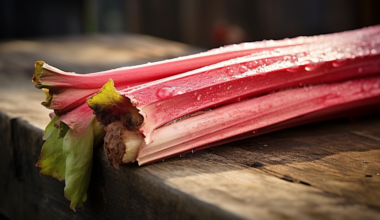Tomatoes are a popular choice for home gardeners due to their delicious taste and versatility in the kitchen. However, even experienced gardeners can face challenges when it comes to growing tomatoes. Various factors, including pests, diseases, and environmental conditions, can affect the health and productivity of tomato plants. In this guide, we will discuss some common tomato plant problems and provide valuable troubleshooting tips to help you overcome these challenges. By being aware of these issues and taking preventive measures, you can maximize your tomato harvest and enjoy a thriving garden.
1. Blossom End Rot
Blossom end rot is a common problem that affects tomato plants, causing dark, sunken areas at the bottom of the fruit. It is caused by a calcium deficiency or the inability of the plant to transport calcium effectively. To prevent blossom end rot:
- Ensure consistent and adequate moisture levels in the soil by watering regularly.
- Maintain soil pH within the optimal range (6.0 to 6.8) to facilitate calcium uptake.
- Add organic matter, such as compost, to improve soil structure and nutrient availability.
- Avoid over-fertilizing with high-nitrogen fertilizers, as it can disrupt calcium uptake.
2. Tomato Blight
Tomato blight, caused by fungal pathogens like Phytophthora infestans, can quickly spread and devastate tomato plants. Look out for symptoms such as yellowing leaves, dark spots, and wilting. To manage tomato blight:
- Practice crop rotation and avoid planting tomatoes in the same location every year.
- Space plants adequately to promote air circulation and reduce humidity levels.
- Water at the base of the plants to keep foliage dry and prevent fungal growth.
- Apply organic fungicides as a preventive measure or at the first signs of disease.
3. Tomato Hornworms
Tomato hornworms are large green caterpillars that feed on tomato foliage, causing significant damage. Look for chewed leaves and frass (droppings) as signs of their presence. To control tomato hornworms:
- Handpick and remove the caterpillars from the plants, wearing gloves if necessary.
- Encourage natural predators like birds or beneficial insects such as ladybugs and lacewings.
- Apply organic insecticides containing Bacillus thuringiensis (Bt) as a last resort.
4. Fusarium and Verticillium Wilt
Fusarium and Verticillium wilts are soilborne fungal diseases that affect tomato plants, causing wilting, yellowing, and eventual death. To prevent these diseases:
- Choose disease-resistant tomato varieties when available.
- Practice crop rotation, avoiding planting tomatoes in areas where these diseases have previously occurred.
- Ensure proper drainage and avoid overwatering, as these diseases thrive in wet conditions.
- Remove and destroy infected plants to prevent the spread of the pathogens.
5. Tomato Leaf Curl
Tomato leaf curl is characterized by upward curling and distortion of tomato leaves. It can be caused by viral infections, pests, or environmental stress. To address tomato leaf curl:
- Monitor and control common pests such as whiteflies and aphids, which can transmit viruses.
- Minimize stress factors such as extreme temperature fluctuations or improper watering.
- Remove and destroy infected plants promptly to prevent the spread of the virus.
- Plant disease-resistant tomato varieties, as they are less susceptible to viral infections.
6. Early Blight
Early blight is a fungal disease that affects tomato plants, causing dark, concentric lesions on leaves, stems, and fruits. To manage early blight:
- Practice proper spacing and pruning to improve air circulation and reduce humidity levels.
- Water at the base of the plants to keep foliage dry.
- Mulch around the plants to prevent soil splashing onto leaves and stems.
- Apply organic fungicides containing copper or sulfur as preventive measures or at the first signs of disease.
Conclusion
Growing tomatoes can be a rewarding experience, but it’s essential to be aware of the common problems that can affect your tomato plants. By identifying and addressing these issues early on, you can ensure healthier plants and abountiful harvest. Remember to practice good gardening practices such as crop rotation, adequate watering, and proper pest and disease management. With diligence and preventive measures, you can overcome common tomato plant problems and enjoy a successful tomato-growing season.
